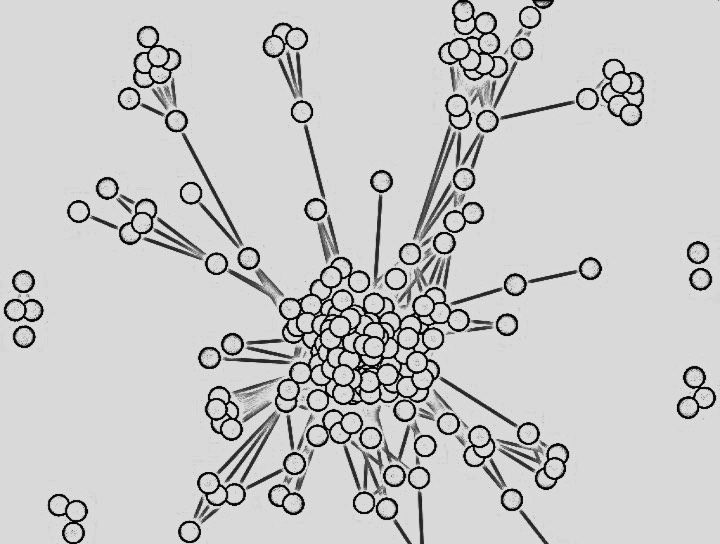A new CBIOMES paper has important implications for our understanding of how plankton populations will change in a warming ocean – suggests caution when using statistical models to predict changes in plankton abundance.
Reporting by Helen Hill for CBIOMES
The new paper, co-authored by CBIOMES researcher Chris Follett (Liverpool University, UK) and former MIT students Vincent Bian and Merrick Cai warns that statistical models of the kind increasingly used to predict ecological change on a warming planet may not reliably predict changes in plankton abundance. The paper appears in the journal Nature Communications.
“This manuscript emerged from a question that I have had for a long time about when we should trust the predictions of statistical models for phytoplankton populations, especially as we anthropogenically warm the ocean,” says Follett. “One idea that had been floating around was that we could test statistical models against the spatial-temporal scales of variation that exist in the ocean. Ideally, a predictive model would have equal power across all (or many) of the scales of variation.”
“I thought that Prochlorococcus was a good test case for a few reasons: The datasets for this organism are very large, a well-established statistical prediction exists for it (Flombaum et al. 2013), and those predictions (increasing Prochlorococcus populations inside the gyres) are at direct odds with the predictions of dynamical models,” Follett continues.
“We found that the apparent statistical power of the Flombaum model arises through the separation of the global population into two distinct regimes,” explains Follett. “Cold, nutrient-rich waters have low abundances and warm nutrient-poor waters have large abundances. Fitting a model to this data then equates to fitting a curve between two separate points, ie an infinite number of models with very different temperature sensitivities will fit equally well. ”
The team found that while the spatial pattern predicted by the model is reasonable, its magnitude predictions in areas where Prochlorococcus is already abundant are not well supported. The study concluded that statistically derived species distribution models (SDMs) should demonstrate efficacy across multiple spatiotemporal scales before being trusted in a changing ocean.
To find out more about this work, contact Chris.
Publication
Vincent Bian, Merrick Cai, Christopher Follett (2023), Understanding Opposing Predictions of Prochlorococcus in a Changing Climate, Nature Communications, doi: 10.1038/s41467-023-36928-9


